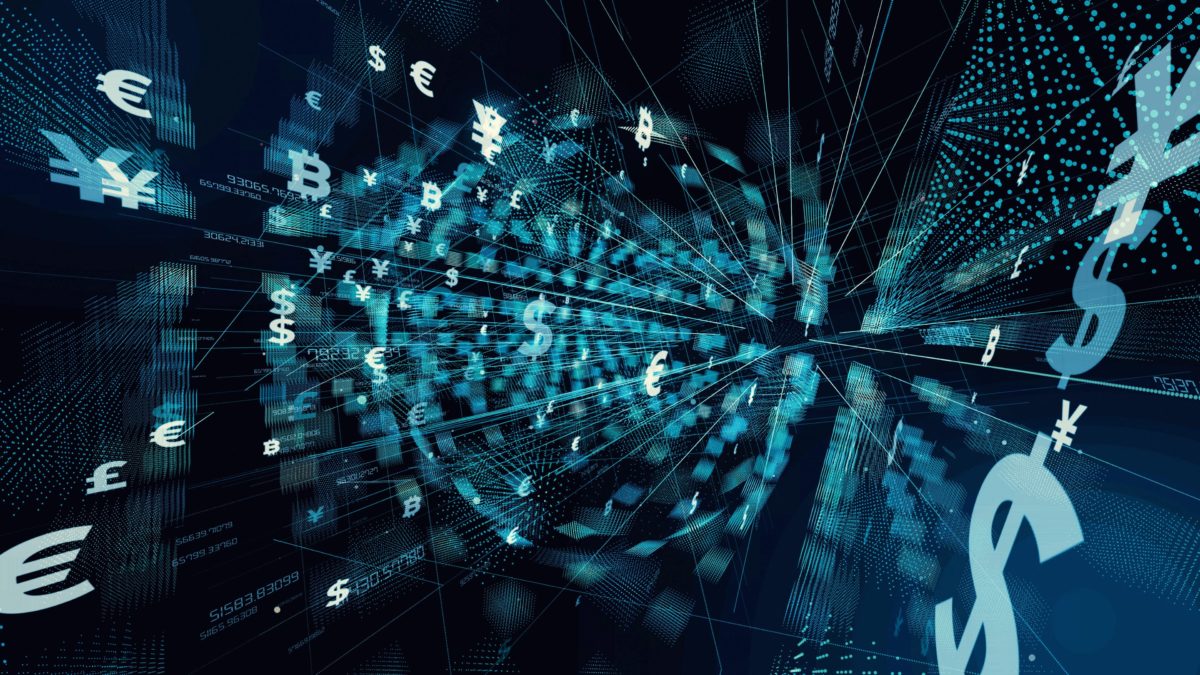One of the most popular terms of today is ‘artificial intelligence’. People have been increasingly talking about how machines might take over their jobs or even bring fundamental changes to societies. But how far have we come to fear these problems now?
The word AI, by itself, actually does not directly relate to a super intelligence which is more powerful than humans, contrary to beliefs. There actually exists three categories of AI:
- Artificial Narrow Intelligence (ANI)
- Artificial General Intelligence (AGI)
- Artificial Super Intelligence (ASI)
The technical equipments which we use everyday, such as Alexa, Google Translate or your spam folder: They actually work with ANI networks which can only exceed human intelligence in one specific thing.
The second type of AI, namely AGI, is not specified in one subject like ANI, but is as smart as a human being on average. So far, we have not reached such intelligence: Having a system functioning like a human brain requires at least reaching its computing power, measured by calculations per second (cps).
Urban (2015) mentions scientists’ estimation on an average human brain computing power: It is able to do 1016 calculations per second (10 quadrillion cps). The writer explains that the fastest computer in the world, Tianhe-2 of China has beaten it with 34 quadrillion cps. However, it also takes a space of 720 m2, uses 1,200,000 times as much energy as a human brain uses. It has also cost $390 million to build it, not even mentioning its maintenance. Therefore, my personal opinion is that we probably still have a long way to go until we see an AGI in our daily lives.
Also, even though we manage to cut down the costs for a widespread use in the future, imitating how the brain works is still an issue: In order to do that, scientists are working on ‘artificial neural networks’ which are capable of learning by experience, just like humans. Additionally, breeding computers (their programming) which perform the best to achieve a super-computer, just like what happened in evolution, is a topic considered in this context (Urban, 2015).
The next step is the ASI after that, which can beat any human at any task. Actually, the step from AGI to ASI will be pretty quick: Kurzweil defines ‘Law of Accelerating Returns’ by “human progress moving quicker and quicker as time goes on” (2001). For instance, in this century, we know much more things compared to a 14th century man. Same applies for AGI: Once it reaches the human intelligence level, it will be very fast to develop itself to a super intelligence level since its advancement level will help it being even more advanced (Urban, 2015). Then, it would theoretically continue advancing even more: An intelligence explosion, that can know or do anything.
What are we going to do then?
References:
Kurzweil, R. (2001). The age of spiritual machines. New York: Texere.
Urban, T. (2015). The Artificial Intelligence Revolution: Part 1 – Wait But Why. [online] Wait But Why. Available at: https://waitbutwhy.com/2015/01/artificial-intelligence-revolution-1.html [Accessed 15 Oct. 2019].


